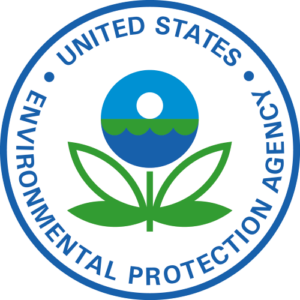
The Interstate Natural Gas Association of America (INGAA) respectfully submits these comments in response to the EPA Notice, “Proposed Information Collection Request; Comment Request; Information Collection Effort for Oil and Gas Facilities” (Proposed ICR).
Executive Summary
EPA has issued the ICR to better understand existing sources in the oil and gas industry before the Agency embarks on an effort to develop standards of performance for existing oil and gas sources. INGAA is offering the following comments on the Proposed ICR, which will result in a better data collection effort and contribute to more informed rulemaking while reducing industry burden. Rulemaking should be based on the best available data, and much of the information is already available to EPA. INGAA is committed to working with EPA to ensure the best and most appropriate information is collected while minimizing the burden on industry.
In the pages that follow, INGAA has provided specific suggestions to address the issues that it has identified. Some of INGAA’s key comments include:
- There is a significant amount of information that is already available on sources in the Transmission and Storage (T&S) segments through the GHG reporting program (GHGRP) and air permits. INGAA encourages EPA to integrate information that is already available and that will be received through the 2016 GHGRP annual reports, thus avoiding duplication of data collection in this process.
- For the T&S segments, EPA plans to mail the detailed Part 2 request to a high percentage of facilities – far more than is necessary to obtain representative information on T&S operations. Due to the limited variability in the types of sources and operation and/or availability of information through other regulatory programs, a smaller percentage of facilities will be sufficient to provide a representative sample for the T&S segment, reducing the amount of resources needed to respond to the ICR and to analyze the information submitted.
- EPA significantly underestimates the costs necessary to complete the Part 2 ICR request.
- Additional time is needed to complete the ICR Part 2 survey, regardless of when it is mailed. INGAA recommends that EPA delay the submission of the Part 2 ICR responses to mid-2017 as opposed to the March 2017 deadline currently planned. Since the planned 120-day period overlaps with significant air quality and GHG reporting requirements due in March 2017 and over year-end holidays and winter season demands, a mid-2017 deadline will ensure availability of needed resources to complete the ICR. With an earlier deadline, the resulting conflicts will require facility operators to use third party resources to respond to the ICR, and these costs are not accounted for in the Proposed ICR.
- Many of the Part 2 ICR data elements are unclear, and would require recipients to use reasonable (but subjective) judgment in addressing the EPA questions. Subjective responses will affect data utility and accuracy. In addition, some data elements are unavailable or would pose significant resource needs with limited benefit to any future rulemaking. INGAA recommends changes to the data elements requested in Part 2.
- Tank feed sampling should not be required for T&S because liquids in this segment are minimal and processing has already removed volatiles. If retained, due to limited anticipated variability in the T&S sample results, sampling a smaller subset of separators leading to atmospheric tanks will be sufficient to provide a comprehensive data set for any future rulemaking.
- ICR definitions should be consistent with existing regulations. Definitions from the GHGRP or oil and gas NSPS (40 CFR, Part 60, Subpart OOOOa) should be used when available.
Details on these items and additional issues are included in INGAA’s comments here.







